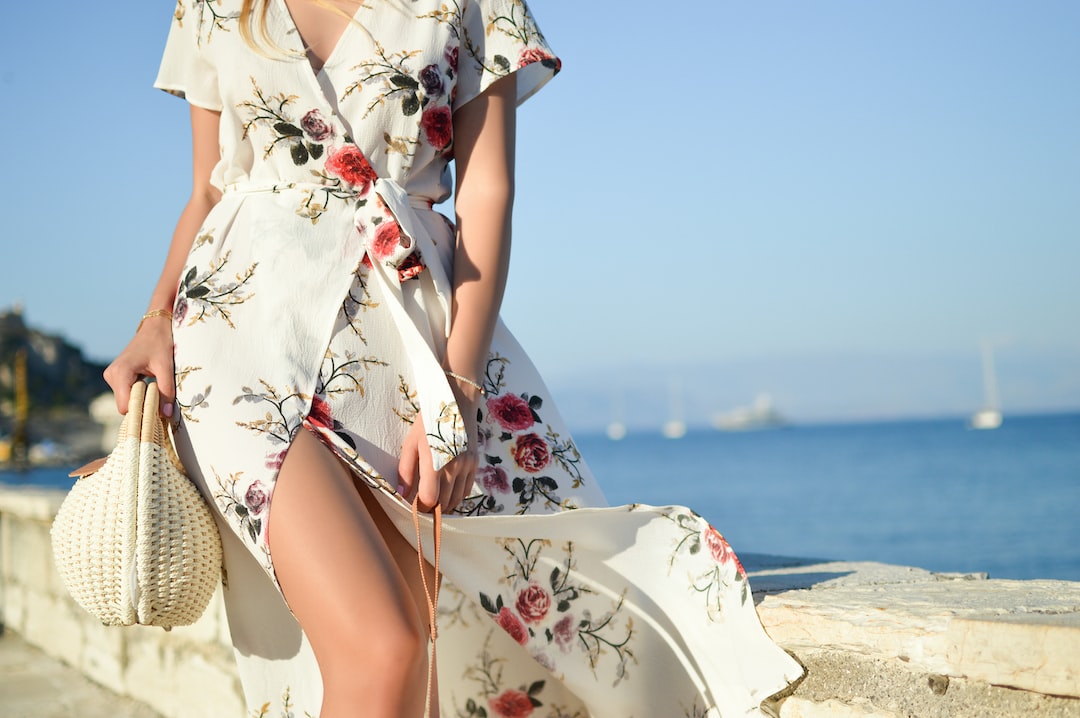The little black dress is a fashion staple that has been a firm favorite of women for decades. It’s hard to imagine a wardrobe without at least one little black dress. It’s a timeless piece of clothing that represents elegance, sophistication, and simplicity all at the same time. The little black dress has been popular since the early 1920s when Coco Chanel designed a simple black dress as a response to the elaborate and uncomfortable dresses women at the time were expected to wear.
Before the little black dress, black was reserved only for mourning attire, worn by widows and widowers. However, in 1926, Vogue magazine published a sketch of a simple yet chic black dress by Coco Chanel. This was Chanel’s first little black dress and it was quickly embraced by fashion-conscious women of the time. The dress was made from simple materials such as jersey or wool, with minimal embellishment, which made it accessible and affordable for women of all backgrounds.
In the 1930s, the little black dress gained popularity among Hollywood actresses who began to wear them on screen and off, cementing their place as a fashion must-have. The dress allowed women to look stylish and chic without being overly body-conscious or overly revealing.
During the Second World War, the little black dress became part of the women’s uniform as factories began using simple black dresses as work uniforms to save fabrics for the war effort. However, after the war, the dress took on a new meaning of liberation and female empowerment as women embraced their independence and the freedom to wear what they pleased.
In the 1950s, fashion designer Christian Dior created his version of the little black dress, featuring a full-skirted silhouette and a thin waist belt, which became a classic of the era. Meanwhile, Audrey Hepburn made the little black dress even more famous with her iconic Givenchy dress in the movie “Breakfast at Tiffany’s” in 1961.
In the 1970s and 1980s, the little black dress continued to evolve with the addition of more form-fitting designs and bolder embellishments such as sequins and lace. The dress became a symbol of power and sensuality in the 1990s as supermodels like Naomi Campbell and Christy Turlington wore them on the runway.
Nowadays, the little black dress remains an essential item in any woman’s wardrobe. It can be dressed up or down depending on the occasion. The simplicity of its design makes it an extremely versatile daytime or evening wear. From Audrey Hepburn to Lady Gaga, the little black dress remains a timeless classic that will always have a place in fashion history. It’s a true testament to the staying power of simple, elegant design.

